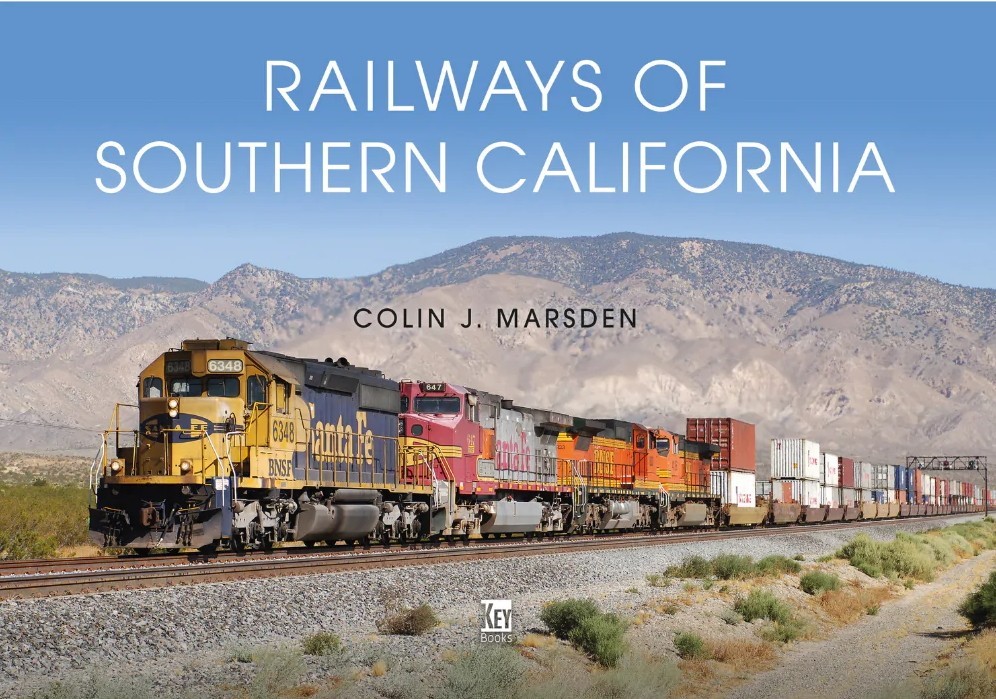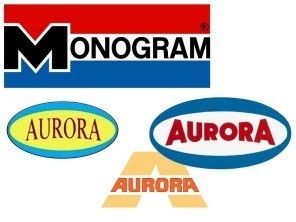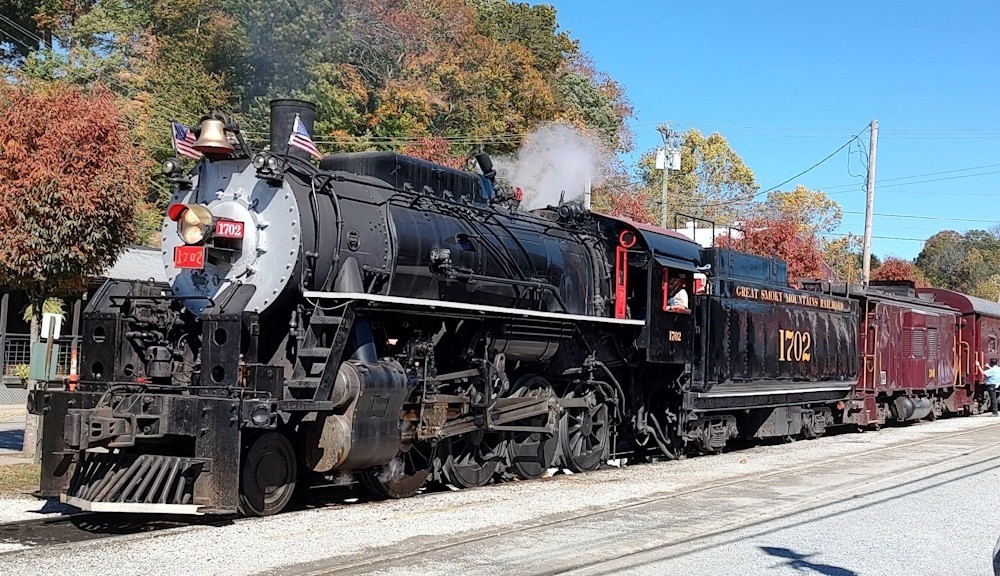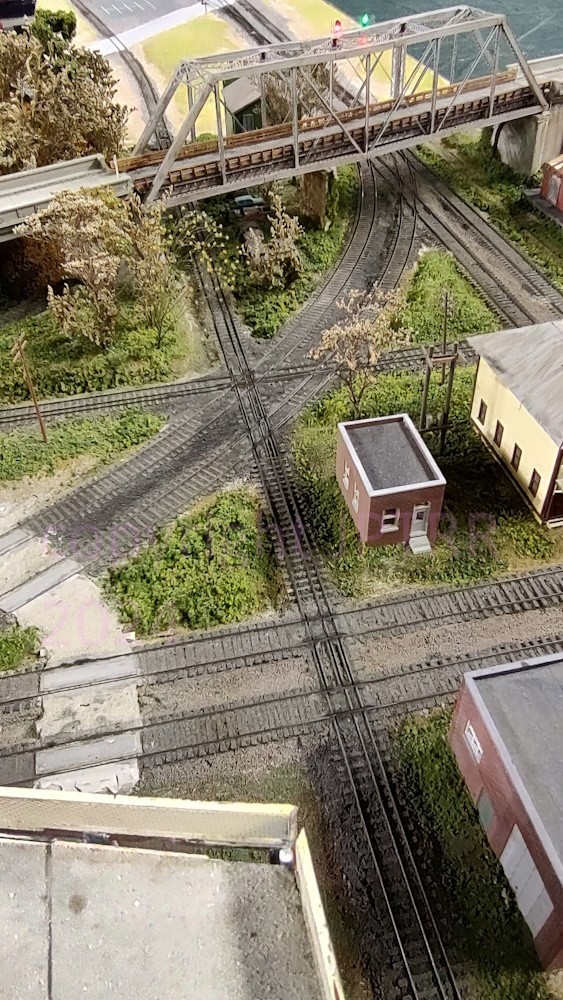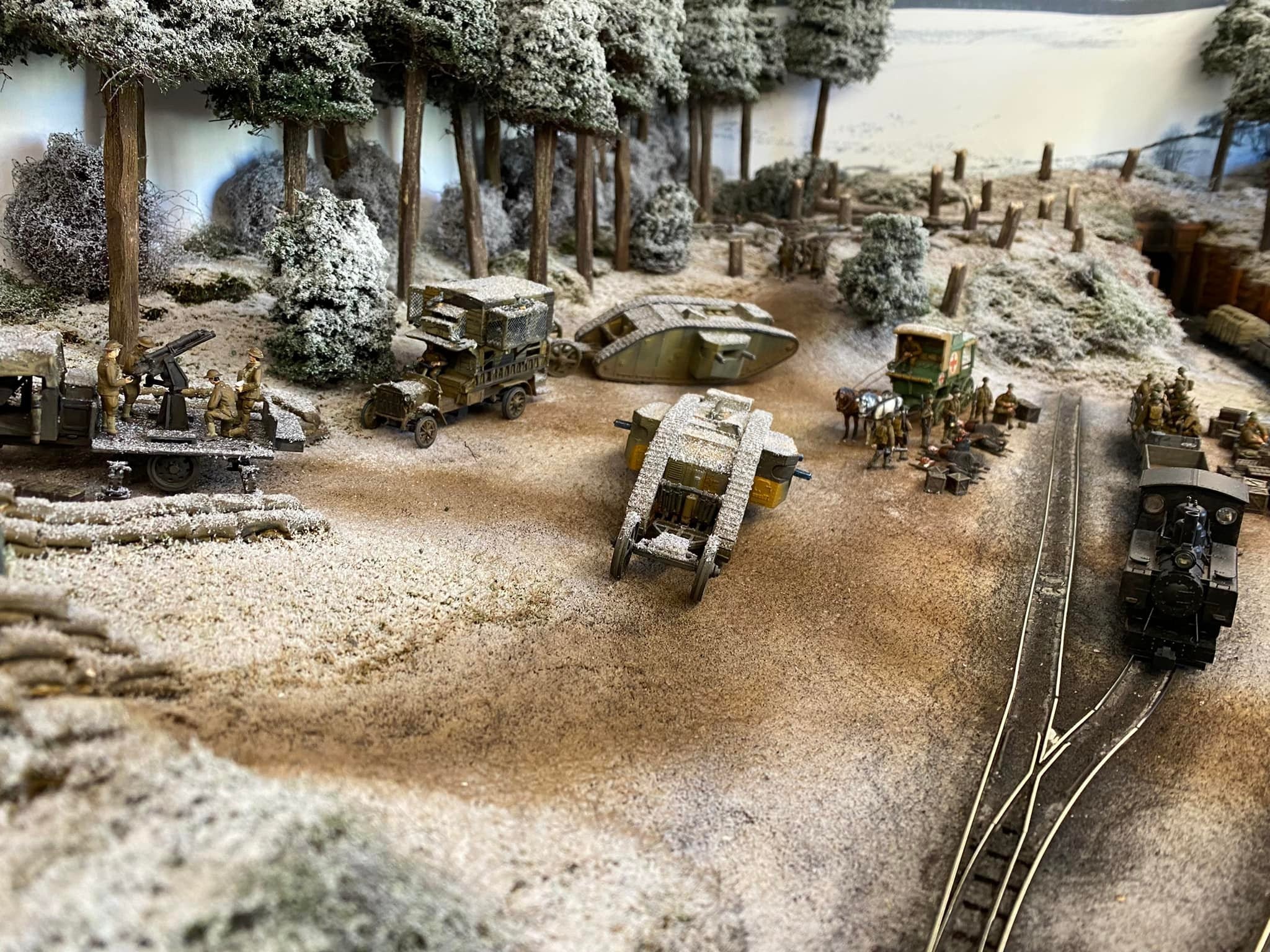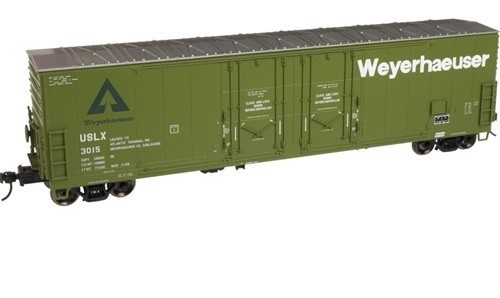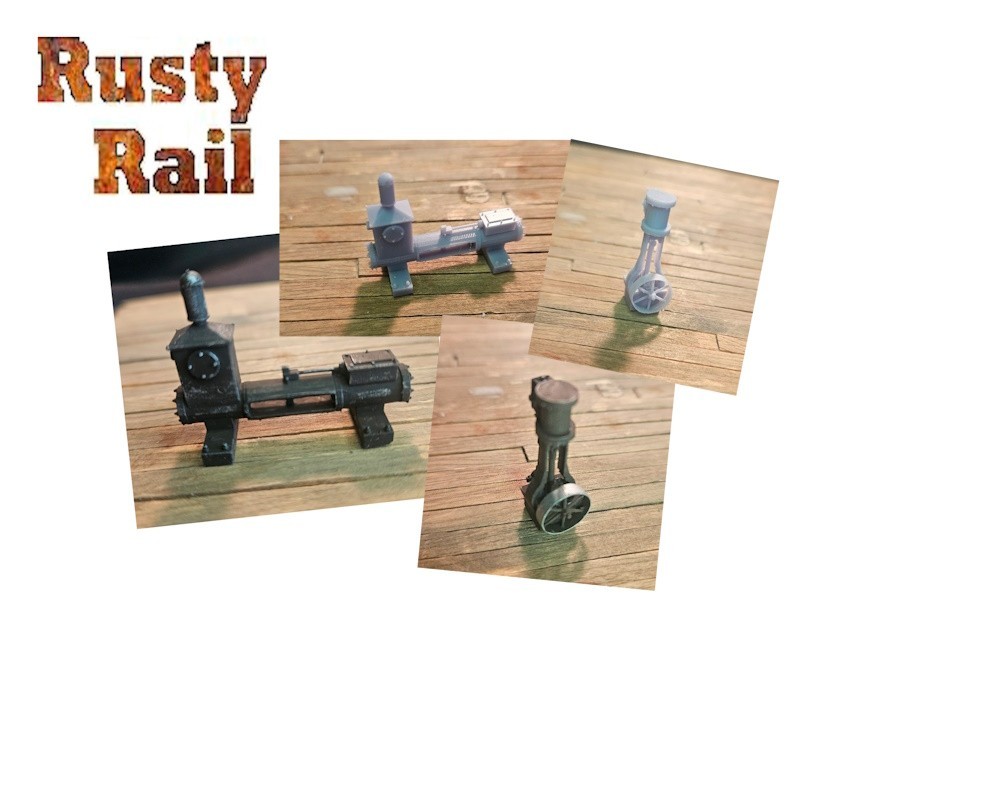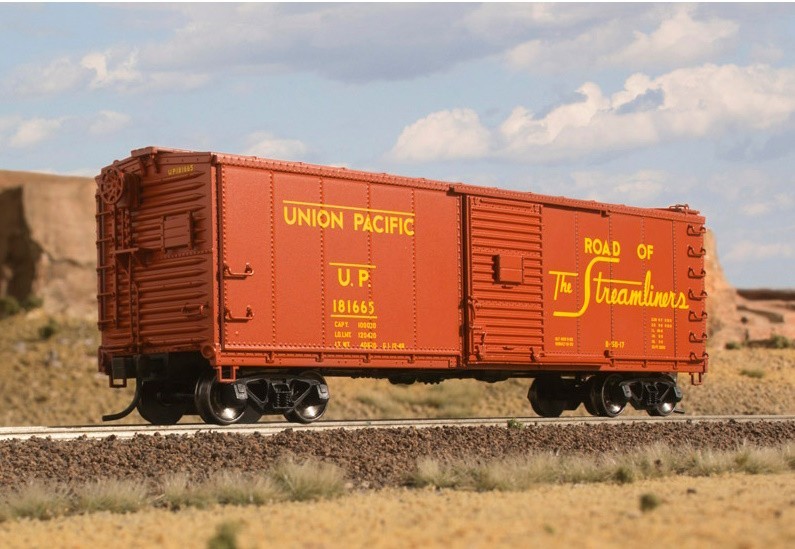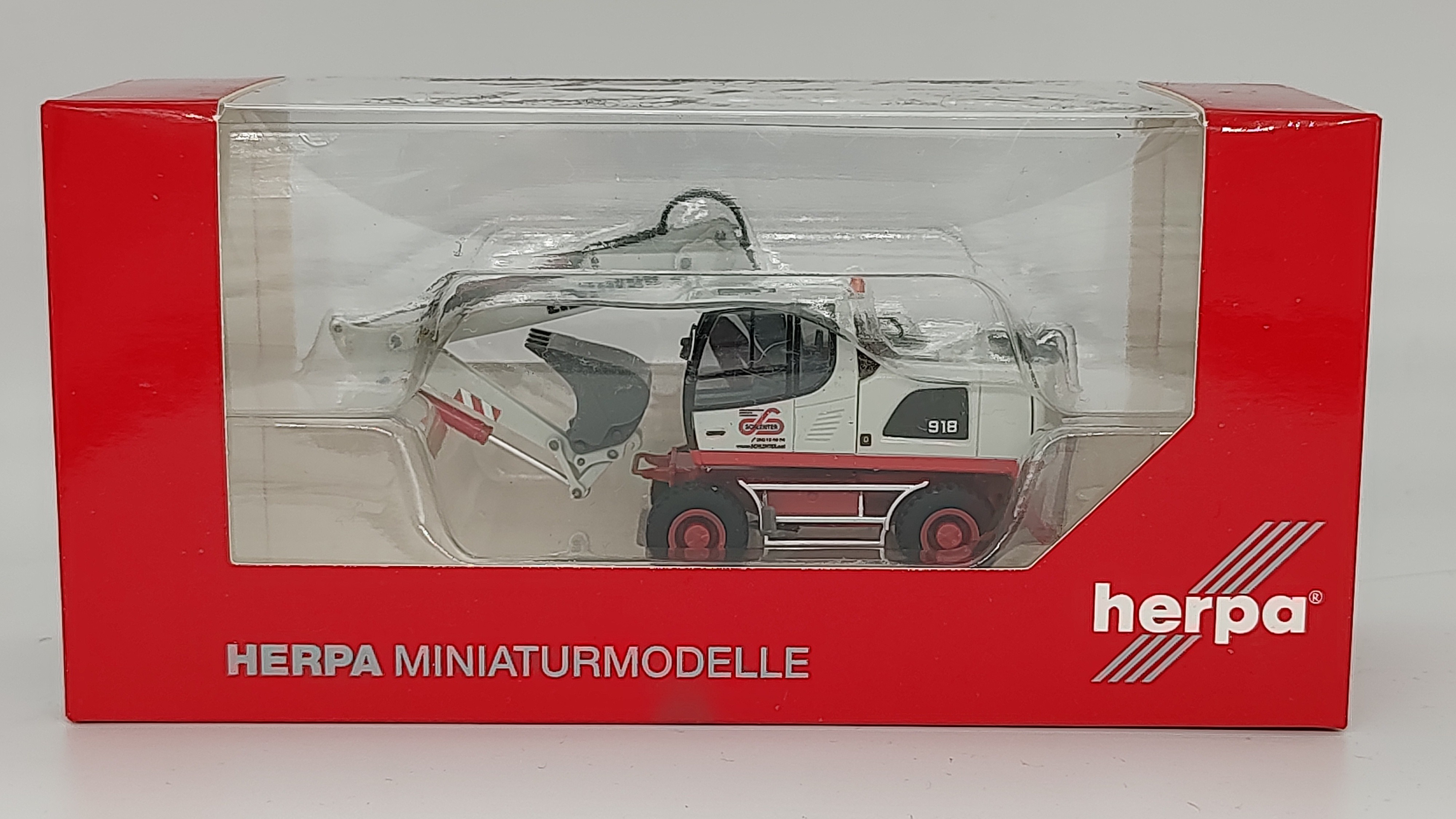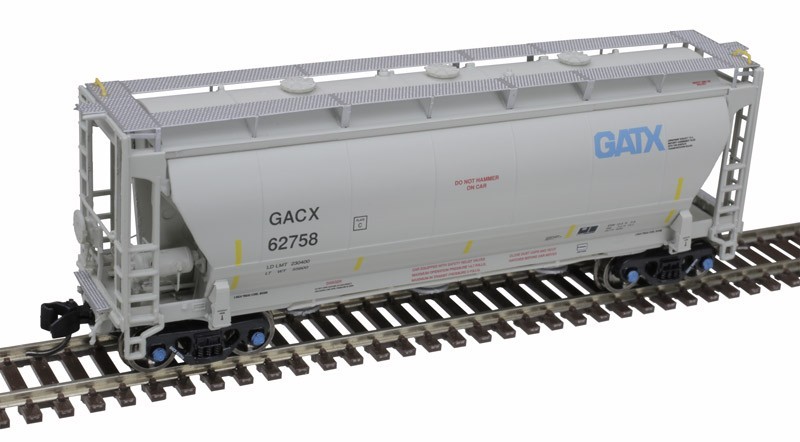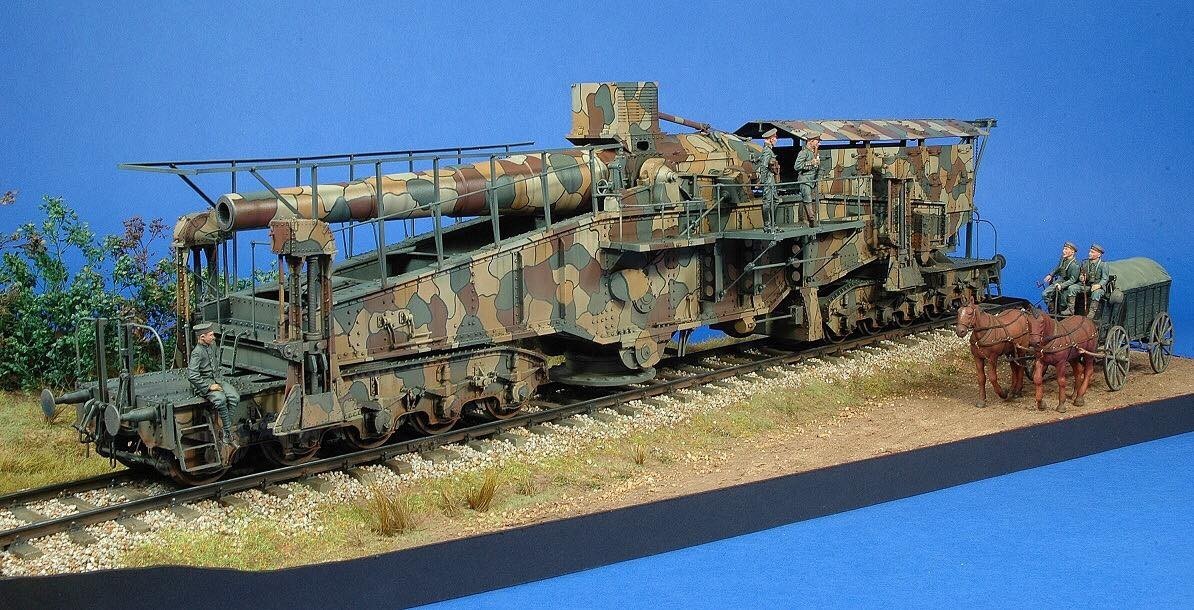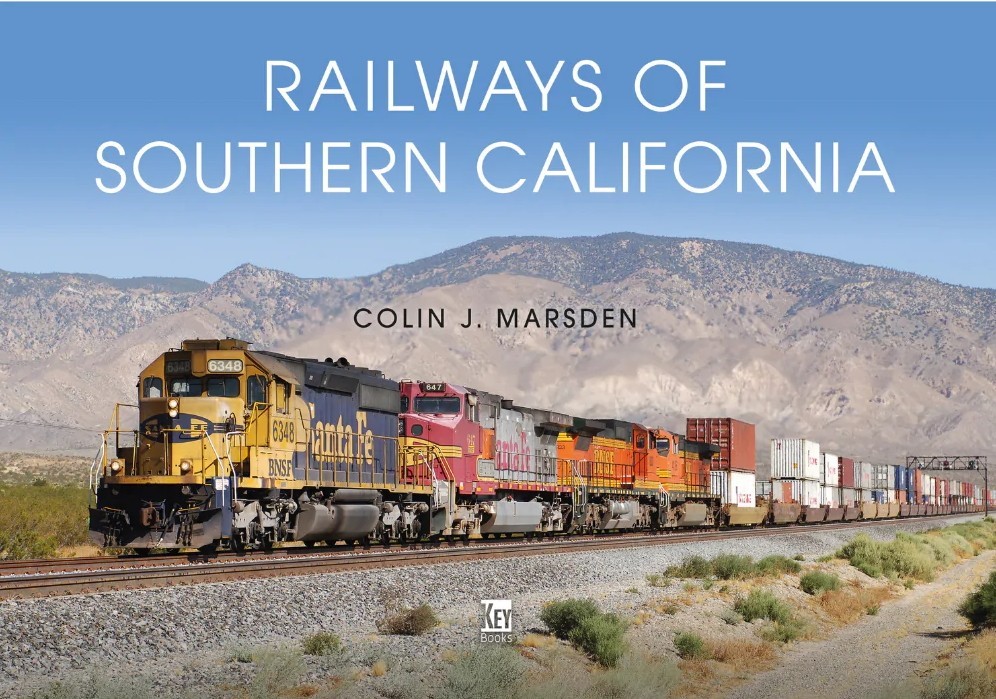
Introduction
Railways of Southern California from Key Books captures for posterity massive heavy freights with up to 10 locomotives, rambling peddlers powered by older locomotives running out their last miles, sleek shiny passenger trains and everything in between. Written by author/photographer Colin J. Marsden and published by Key Publishing Ltd, this book presents images from his 25 years as a railfan of SoCal (Southern California), where he chased trains or waited at hot spots to capture galloping iron horses. The author notes that along the fascinating bends and tunnels of Tehachapi, he photographed the same train from nine different locations.
Measuring 7” by 10” this 160-page book is catalogued with the Key Publishing product code KB0180, and with ISBN 9781802823080. You can find it at Key’s site through this link.
Key introduces this book thusly;
Passing through some of the most picturesque scenery in the world, several main routes traverse Southern California. Most are freight corridors, but there are a handful of long-distance passenger services, primarily worked by Amtrak. Some of the long-distance and heavy freight services can be powered by up to ten locomotives, equating to around 50,000hp. One of the most scenic routes is on the Union Pacific-owned track between Mojave and Bakersfield, which climbs over the Tehachapi Mountains, reaching a height of over 4,000ft above sea level, requiring locos to work hard on the climb either side of the line’s summit. The route over Cajon, one of the busiest freight routes in the world, is also covered, as well as the routes between Barstow and Needles, the central California line, and the highly photogenic Pacific “Surfliner” route between Los Angeles and San Diego. Lavishly illustrated with 200 images, this book is divided into the main routes in the area, showing the diversity in scenery and train types found. With informative captions explaining the locos, their routes, and the best places for rail enthusiasts to see these trains for themselves, this is the ultimate guide to the railways of Southern California.
Model railroaders in general and of the modern era in particular can find a treasure trove of inspiration and source material in this book.
Content
Railways of Southern California is brought to us through 11 chapters:
Introduction
Over The Tehachapi Mountains
The Central Valley
The Route Via Cajon
The Sunset Route
Towards Needles
“Surfliner” Route
SJVR Short Line
Metrolink
Los Angeles Metro
The Coastline
Mr. Marsden introduces us to his work by describing the region and the trains, noting how busy the area is and his particularly favorite spots. That is the only part of the book with significant text but not the only text. Each photograph is paired to a caption of varying depth, presenting an explanation of what we are seeing, often noting specifics of where, when and what. Some even note the specific direction of the vantage point, atmospheric subtleties, and non-railroad minutiae.
Photographs and Graphics
Except for the introduction and a single map, this book is composed entirely of photographs, images of top-notch color, composition, exposure, and other elements of photographic excellence. That map diagrams the rail routes of southern California, keyed to the eight railroads of the region by their reporting marks. There is no further meaningful text in the book - no history, no attempts to explain the railroads or the routes. Those are explained to a degree in the captions but if you are looking for a history of a particular railroad, you'll have to look elsewhere. This is a visual book. As such it provides a wealth of information for modelers and artists.
Areas of southern California feature beautiful scenery. Almost everywhere you look you will also see a brown horizon of mountains. Much of the terrain is desert or arid, and yet there are areas that are also a lush green. Weather in California is usually clear skies. There is a dramatic photo capturing some peculiar weather patterns over the mountains of Tehachapi, as well as photos of trains in the desert with snowcapped mountains in the background. These photos show trains on expansive level ground, climbing rolling hills, framed by rugged mountains - and combinations of all three. Many photos show the sometimes nearly parallel Burlington Northern Santa Fe line and Union Pacific tracks together, in various places one ascending a hill with the other one much lower.
Around Tehachapi, with its looping and curving climbing and falling tracks cutting through tunnels and cuts, the author includes a wide view of it taken from an aircraft. Even from trackside vantage points, some amazing views of railroads can be seen. One is where track loops down through the mountains, the authors captured a train barreling down on him while in the background you see another one higher up entering a tunnel.
Although your humble reviewer prefers the steam era and the early diesels of the transition era, the scenes reproduced in this book clearly demonstrate why SoCal and modern railroading is so popular with model railroaders. The diesel era begat a time of color, and some railroads chose bright colors. It's arguable whether or not the diversity of freight car types and colors are as great now as they were during the steam era with its billboard reefer cars. One needs only to look at an intermodal stack train to see a riot of colors from dozens of shipping companies stacked upon lines of brightly colored well cars – pinks of ONE, reds and greens and blues of other companies, some with bright heralds, some with lavish specialty livery. Okay, sure, there are well cars and flat cars that are still in a somber traditional freight car brown and containers of primer gray or brown; certainly some of the colorful ones are muted through soot and grime, yet to me they still have the colorful presence of the fleets of boxcars of the transition era.
Plenty of color also flashes from today's locomotive fleets. Sure, there may not be as great a variety of motive power today as there was 50 years ago, yet the livery locomotives wear can be quite diverse. In this book the author catches trains pulled by cookie cutter consists of the same type of locomotives all painted in the same livery. But with today's need for as much power as possible on some trains, tapping leasing companies, rival railroads, and even older locomotives creates a stunning visual parade of engines. You'll find streaks of Burlington Northern Santa Fe “Great Pumpkin” orange and greens, silver and red warbonnet schemes, interspersed with old blue and yellow Santa Fe geeps. You might find Union Pacific yellow with a single leased black Norfolk & Southern diesel-electric. Captions feature dates and I'm surprised to find some liveries lasted as long as they have. There's one scene of a row of Cotton Belt locomotives, unpatched. Later we find some "bloody nose" Southern Pacific power patched with the yellow of Union Pacific. Another SP loco wears red so faded it appears a pinkish-rust hue. One image even captures a consist of Cascade green Burlington Northern power marching a consist to its destination. And then there are the passenger trains. Brightly colored commuter trains as well as LosAngeles MetroRail’s sterile dip jobs.
Happily, through my eyes, San Diego city trains are more colorful with their Red Trolley line. Short lines like the San Joaquin Valley Railroad make a splash with its assortment of second and third-hand locomotives, apparently all wearing the former owners’ livery.
One striking example is a consist of an orange, yellow and green Burlington Northern Santa Fe locomotive leading an older BNSF hood unit that looks to be yellow, ahead of another “Great Pumpkin” followed by a green Burlington Northern geep, followed by another modern BNSF unit.
A unique scene is at the Frost Crossover showing a yellow Union Pacific business train climbing the high line while a BNSF stack train threads a tunnel below. The scenery demonstrates the variety in southern California - arid tan hills and scrub falling into a lush green and treed valley, brown mountains rising up as the background.
For captions the author provides useful descriptions. He even notes that one vantage point is on private land and he received permission from the rancher to set up his camera. He even identifies his favorite railroad photographing spot in the world.
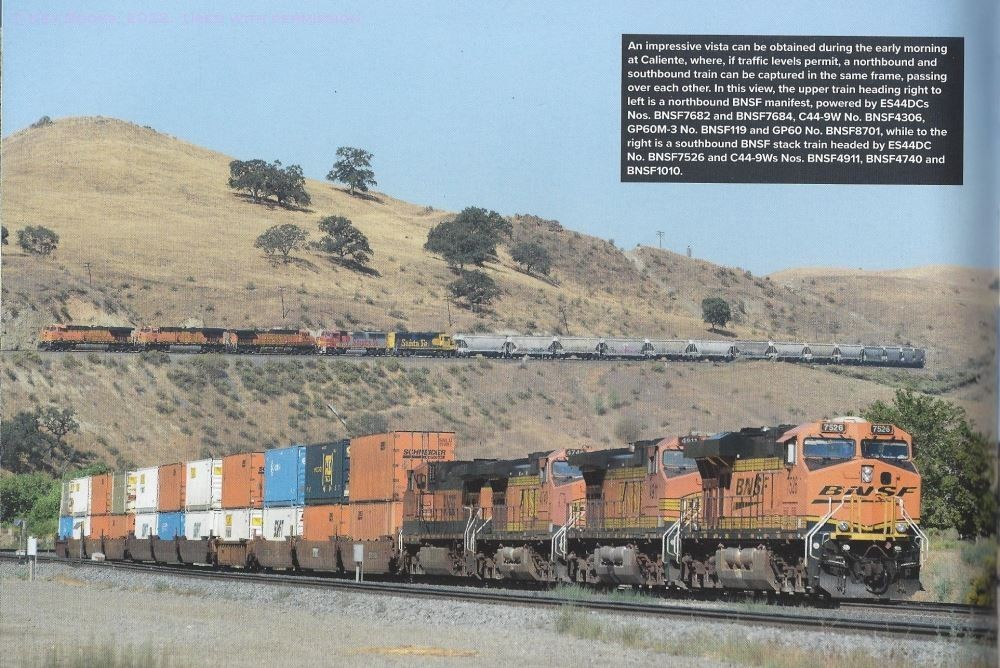
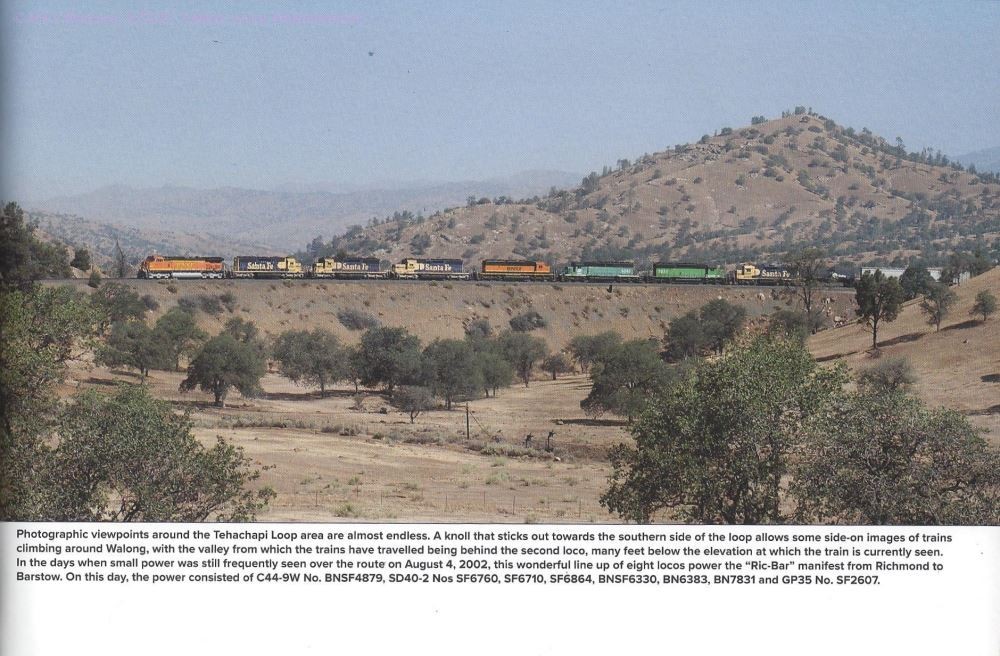
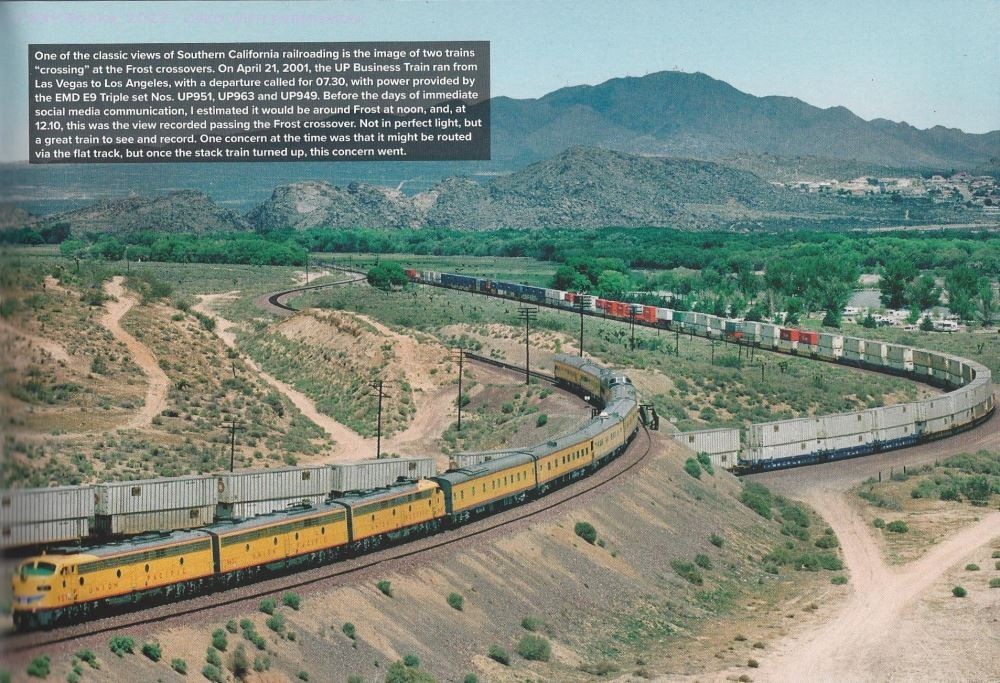
Conclusion
Model railroaders and railfans of the modern era in particular, and southern California in general, should find inspiration and source material in Railways of Southern California. The photographs are first-rate with informative useful captions. With it Key Books provides the reader an impressive gallery of fascinating railways in action in some of the most striking and popular scenery known to railfanning. Recommended.
This copy was kindly provided by Casemate Publishers. Please mention to them, Key Books, and retailers that you saw this book here – on Railroad Modeling.










